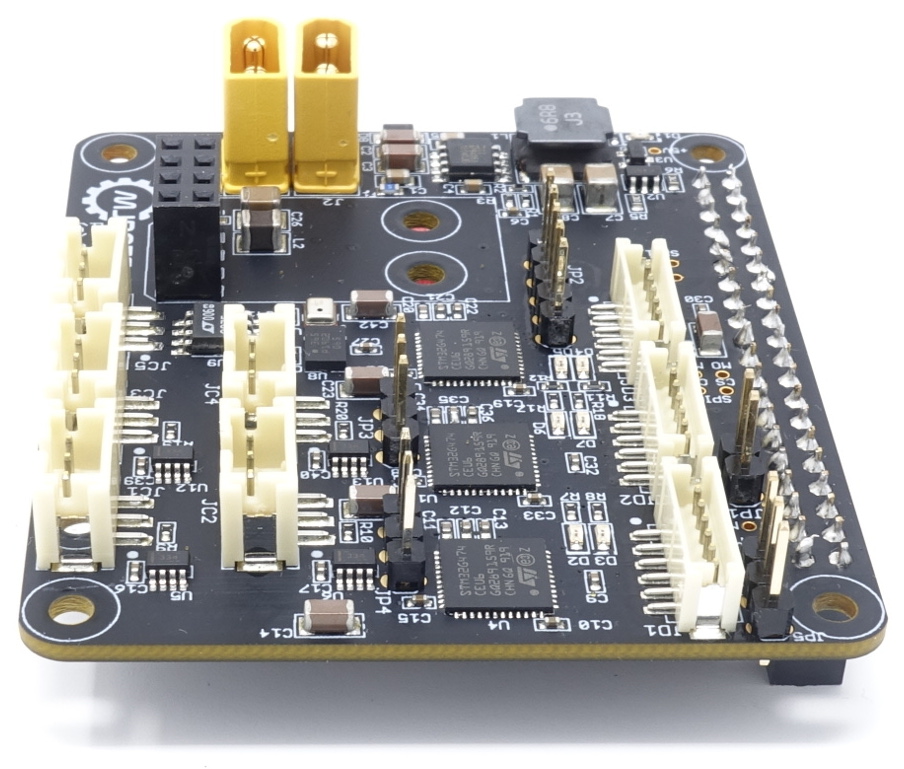Now that I have both sides of the nrf24l01+ link covered, it was time to design a protocol to take advantage of them.
Design space
To recap, what I needed was a reliable means of commanding the robot and receiving telemetry, even in congested radio environments. At competitions or events like Maker Faire, Robogames and such, the wireless environment is often totally trashed. Hundreds of devices are operating in close proximity, across all spectrum bands, including plenty of things that probably aren’t licensed to be transmitting in the first place. When we first built Super Mega Microbot, we used a custom protocol with a 5 GHz wifi transmitter as the physical layer and selected USB based dongles which allowed control over the physical layer. USB proved problematic, and with national RF regulations, it is extremely challenging to find wifi devices which provide that level of control at the RF layer. Also, even with full physical layer control, wifi is difficult to make work in a reliable manner as there is so much congestion in both the 2.4GHz and 5GHz bands and the channels are so wide.


